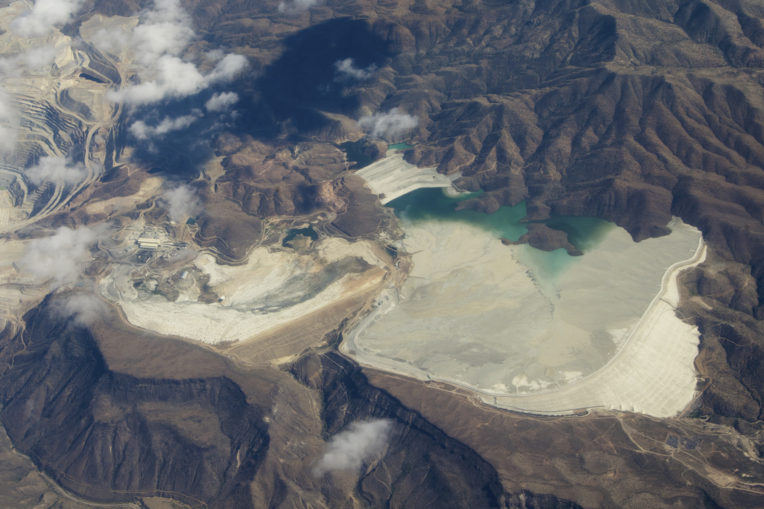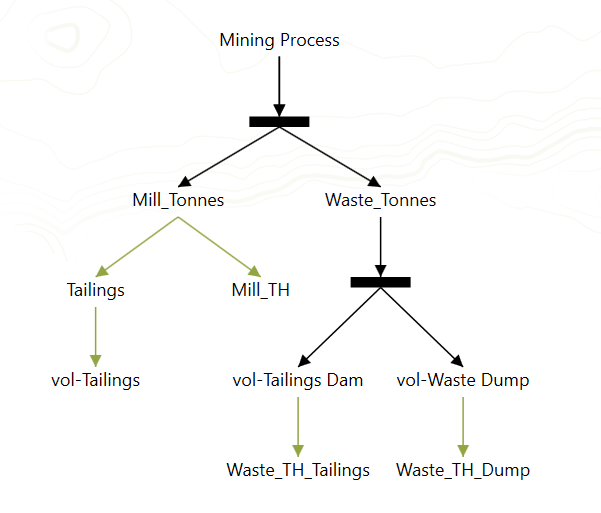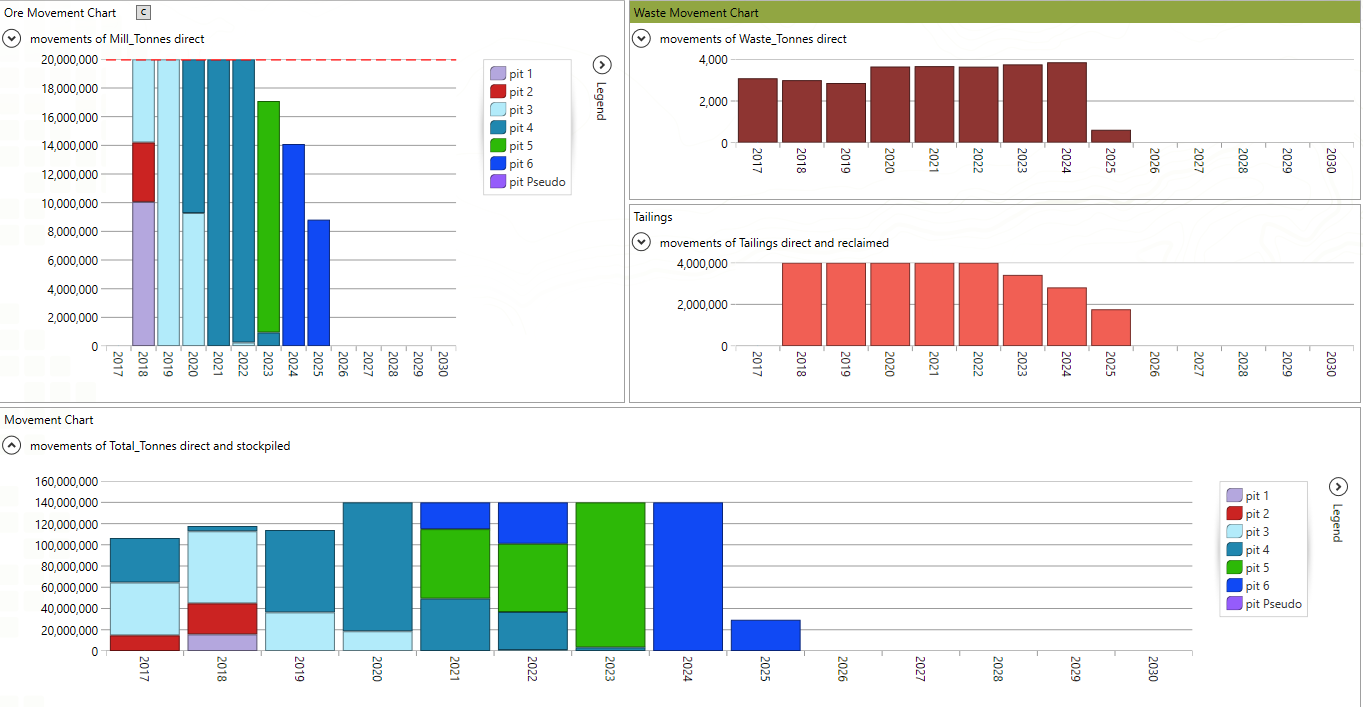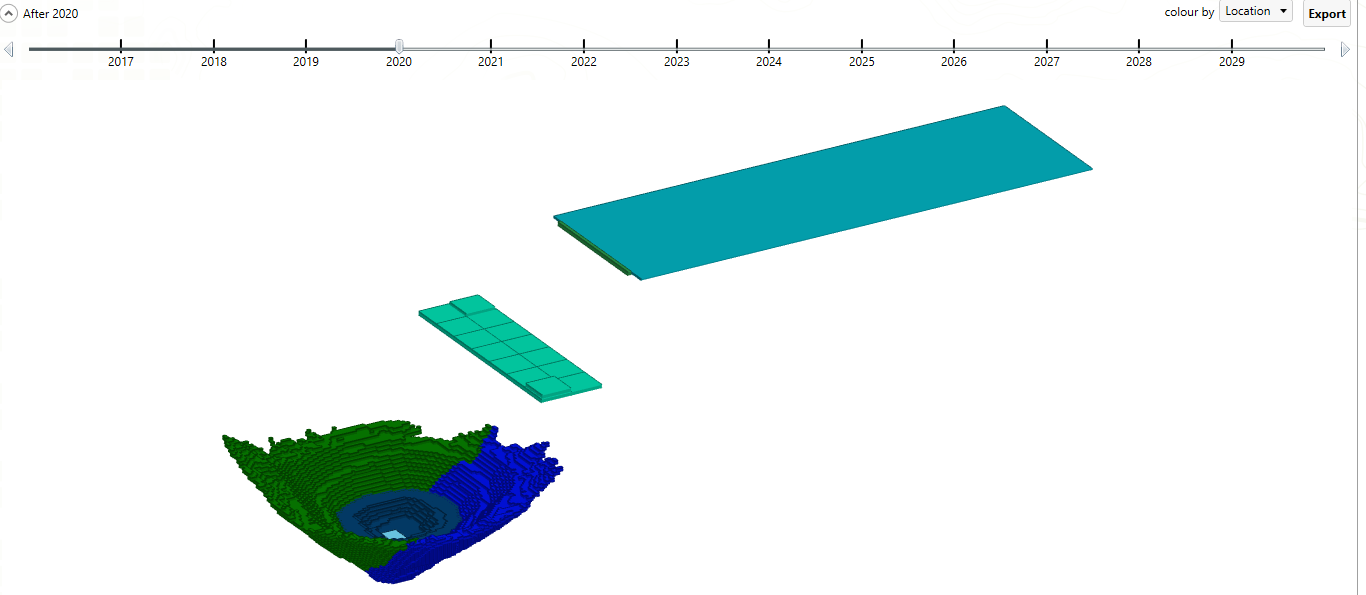For most mine planners developing an extraction schedule, planning for tailings just isn’t a real priority. Let the mill deal with that, they say, I’ve got bigger fish to fry. However in strategic mine planning, when we’re looking at large horizons of time and the varying inter-dependencies of the components that make up the operation, the topic must be addressed.
Have you ever been asked to work out a sequenced delivery of pit material to help construct new tailings dams? What if that material has to be of a specific composition, and it’s not readily available in the mining faces? What if multiple cells of this facility will be constructed over time, requiring you to plan for a long term requirement? And finally, what if the mill can’t come on line until this tailings facility is ready – meaning that any delay in the delivery of material will directly affect revenue generation and the bottom line for the business?
Here we have a complex situation that demands smart, integrated planning of multiple downstream components over the life of the project. It’s pretty tough to accomplish it in a spreadsheet or a basic heuristic scheduling package. However, this is the kind of thing Minemax Scheduler was made to help you do. Read on to see how easy it is.
Defining the Problem
Consider a typical situation of an open pit with multiple phases feeding a single mill that produces gold and tailings.
In this situation, we need to solve for cut-off grade, therefore a block from the mine can go anywhere that gives the greatest NPV, subject to the conditions and constraints in each period. For every block that’s processed, there’s a calculated mass of tailings produced with a given volume, which must be stored in a facility with a fixed capacity. That tailings facility requires a designed embankment structure (dam) that must be constructed of a certain kind of waste material that is only available in certain parts of the pit.
Since we don’t know when anything will occur until we solve the problem, our model must incorporate the requirement to send suitable material to build this structure before a single block can be processed in the mill.
Model Definition
To incorporate destination requirements as well as timing decisions, we model mill (Mill_Tonnes) and waste destinations (Waste_Tonnes) as alternative options using the decision tree diagram in Minemax Scheduler. This means that during the optimization, the economic value and impact of multiple parallel constraints determine whether material is sent to the mill for processing, or is considered raw waste.
If material is sent to the mill for processing, processed waste (Tailings) is produced and placed in the tailings basin (vol-Tailings) and is costed accordingly.
Raw waste (Waste_Tonnes) that is not going in the mill is modelled using an alternative decision. It can be either sent to the waste dump (vol-Waste Dump), or the tailings dam (vol-Tailings Dam). There is an obvious haulage difference between the two options, and so we model this using the truck hours (TH) processes Waste_TH_Tailings and Waste_TH_Dump.

The basin location (vol_Tailings) is unavailable for storing tailings until the tailings dam is finished. Minemax Scheduler handles this through location-to-location precedences between the dam and the basin, such that the dam is completed prior to the basin becoming available.
This arrangement allows for all possible destinations of waste material to be considered when optimizing the total mine sequence problem, and all the associated costs of doing so, along with known design/storage capacity limitations that restrict the solution.
Optimization of the Model
In seeking maximum NPV, the model will assess all possible destinations of material with consideration of this important tailings design requirement. Since the mill is the sole revenue-producing agent in this model, and given the power of discounting, the model will seek to construct that embankment structure as soon as possible, and this will influence the overall sequence of the pit such that the critical material types are made available that enable this amongst the other competing factors.

You can check to ensure your model is working through evaluation of multiple dashboards. The 3D visualization can show you the progress of your waste placement in each of the three locations. You can see the effect of the delay at the mill through a movement chart indicating mill tonnages or tailings tonnages.

You can interrogate the build-up of volume to reach design capacity in each of the waste locations, including the tailings dam, using the remaining reserves table and dump tables. If you run out of capacity in the tailings basin, the mill will stop producing; likewise, if you do not have enough material to construct a tailings dam structure, the mill will never operate.
Summary
This simple example illustrates just how important it is to consider all the inter-dependent components of your operation – including tailings – throughout the scheduling process in order to achieve the best possible value.
With Minemax Scheduler, you can integrate and optimize every aspect of your strategic plan. Contact us for more information.